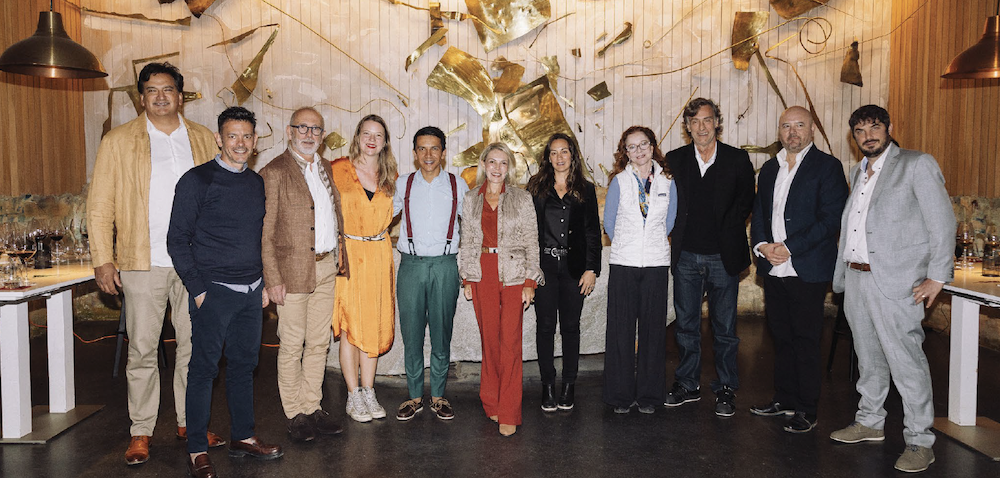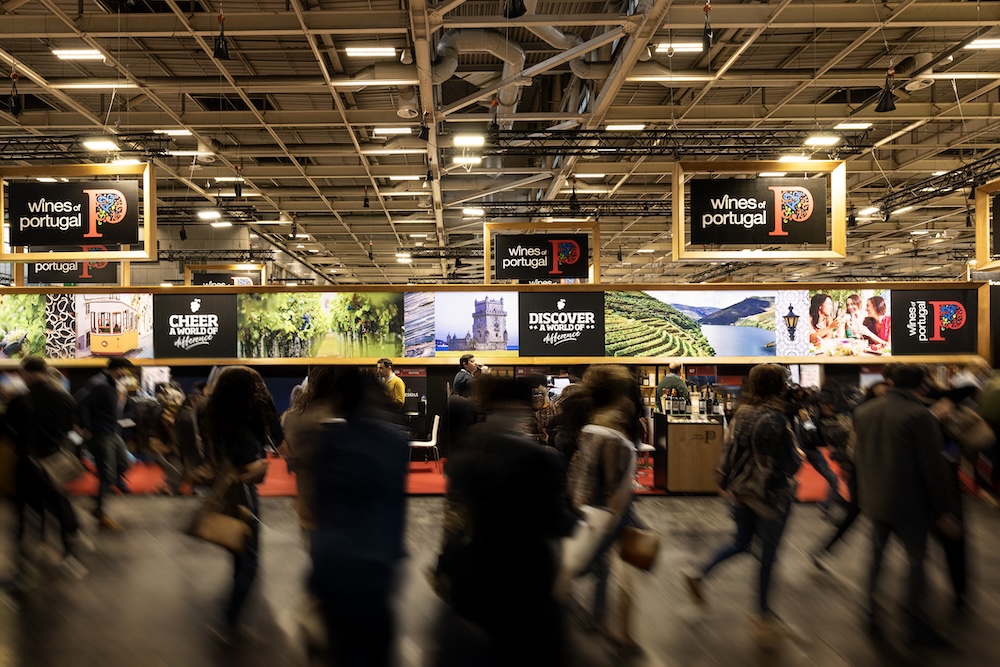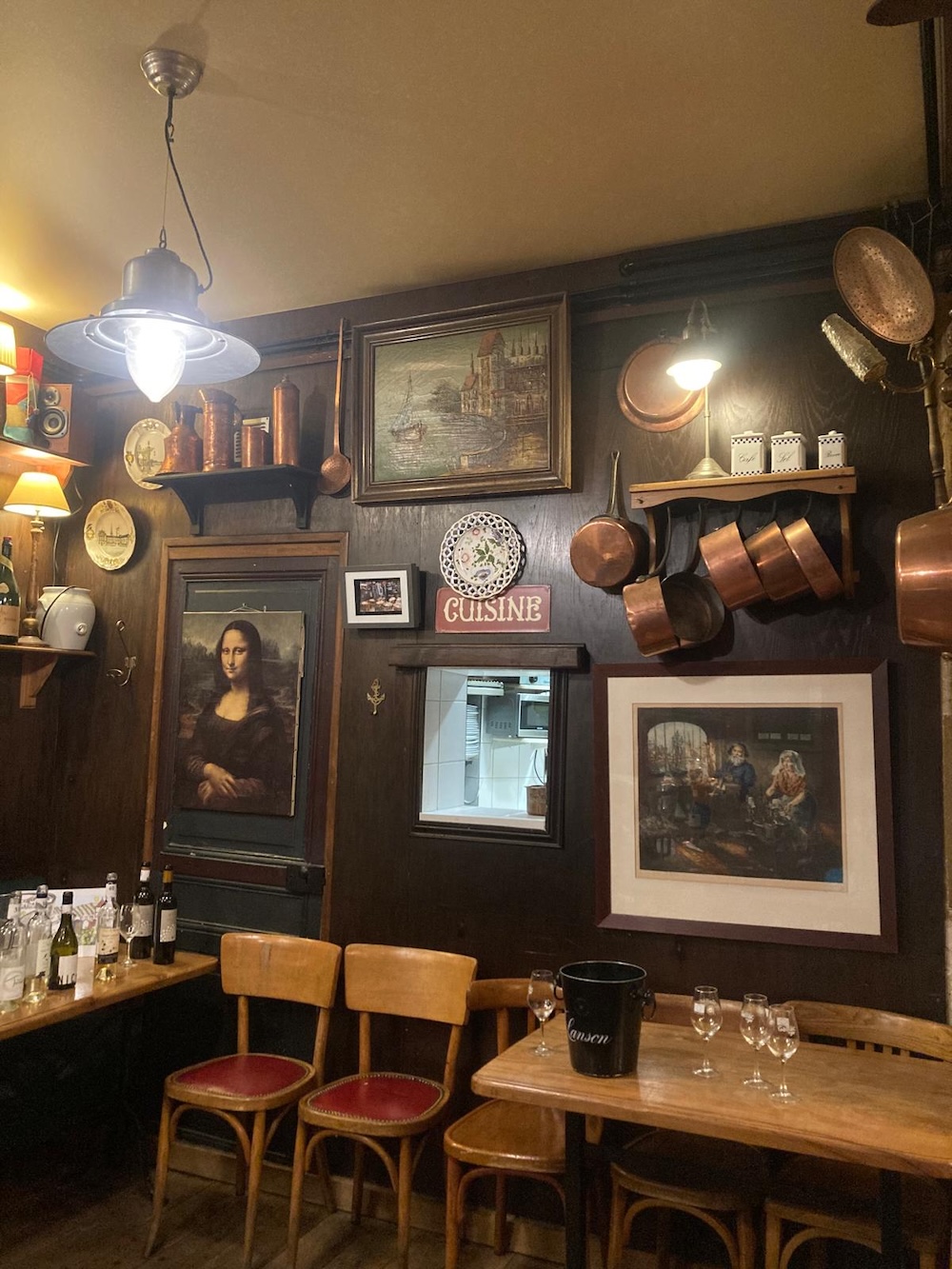
Discovery

Discovery
By Ivo Varbanov and the Bulgarian Association of Independent Winegrowers - Gilbert & Gaillard Photos: Courtesy of the Domains, posted on 04 September 2023
Change is afoot in the vineyards of Bulgaria, after many years of soul-searching. As the country re-emerges on the international wine scene, we take a closer look at the potential of its native grapes, which thrive alongside its well-established collection of international varietals.
The revolution and development of the Bulgarian wine industry has begun. It all started in the late 1990s with the development of a clutch of new estates. New vineyards were planted and wineries built, in some cases with EU funding. There are now 400+ wineries registered, and the number continues to climb year-on-year.
Legal definitions enacted in 1960 divided Bulgaria into five main wine regions, each one different and unique soil types, specific grape varieties as well as climatic conditions. The regions were, the Danube Plain, the Black Sea Coast, the Rose Valley, the Thracian Valley and Struma Valley. However since August 16, 2005, the country has been divided into two main regions to produce Protected Geographic Indication wines or PGIs: PGI Danube Plain (25% of total area under vine) and PGI Thracian Lowlands (75% of total acreage), where the Balkan Mountains were used as a natural border to split the country into the Northern and Southern regions. Many wine professionals still refer to the five wine regions pre-2015 when talking about wine. There is currently a movement led by local wine professionals, the media and winegrowers’ associations supporting the idea of dividing Bulgaria back into five regions, or even into nine regions: North-West, Danube Plain, North Black Sea Coast, South Black Sea Coast, East Thracian Valley, West Thracian Valley, Rose Valley, Sakar, and Struma Valley.
Bulgaria is now fairly well-versed in modern winemaking techniques, for example using temperature controlled stainless steel fermenters. The wines can be aged in a variety of French, American, Hungarian and Bulgarian oak barrels. Bulgaria adopted the concept of terroir rather late, after 2000. Today, most of the new wineries produce wines from their own vineyards. Yields are still low since most of the vineyards are young and not at their peak.

Bulgarian oak is tight-grained with a fine texture and soft, deep tannins. The chemical composition of this material is close to French oak from Limousin. The latest vintages of some wines using Bulgarian oak have shown great results, delivering dry and earth-driven red wines with moderate extraction from the oak without dominating the wine.
Wine producers have been focussing on producing single varietal wines from international cultivars with a clear and specific organoleptic profile. Blends often act as signature wines for wineries.
The ratio of international to local varietals is 70% to 30%. Bulgaria takes pride in producing serious wines from international varietals, which allow it to benchmark with other iterations worldwide. However, local grapes are slowly making their way into the very diverse Bulgarian wine industry.
The exact origins of the Dimyat grape are unknown. Some ampelographers believe that the vine is native to Bulgaria. The eighth most planted variety in the country, it represents nearly 5% of area under vine. Recent DNA research has shown it to be a crossing of Gouais Blanc – a parent to varieties such as Chardonnay, Aligoté, Auxerrois and Colombard – with another, unidentified grape variety. Dimyat produces fresh, lightly herbal, neutral wines with medium body and high acidity, acting as a backbone to the wines. Dimyat vineyards can be found on the Black Sea Coast and the Danube Plain. In terms of aroma, it shows a fruity bouquet with apple and lemon. The palate often has floral and herbaceous notes. Due to its high acidity, it is well suited to producing high-quality distillates.
Despite the name, this is a white varietal with a pink skin. It is a late-ripening, cool climate grape covering over 7% of total vineyard area. It is not part of the Muscat family, although often as a wine it is blended with Muscat Ottonel. The Rose Valley is its main home, and was named after the famous Rosa damascena (commonly known as Bulgarian rose or Damask rose) used for rose oil production. Red Misket wines have a clear pale-straw colour with green shades. When fermented dry, the variety develops rich floral aromas and hints of yellow and tropical fruits. There are also nuances of rose petals and sweet violet on the finish. Red Misket wines are medium to medium plus in body with exceptional balance and well-integrated acidity.
There are two different clones of this variety: Broadleafed Melnik and Early Melnik, also known as Melnik 55, a crossing between the local Broadleafed Melnik and the French, early ripening Valdiguié. The first cultivar has become the signature grape varietal of the Struma River Valley, covering 2% of total vineyard acreage nationwide. When young, the wines offer under-ripe black fruit, spices, liquorice and very pronounced crushed black pepper, with in some places volcanic rocks and flint in the aromatic profile. In recent times “Blanc de Noir” styles have emerged, delivering outstanding results for traditional method sparkling wine.
Mavrud is an old, red grape variety that has been grown in Bulgaria since ancient times. The birthplace of Mavrud is the area around the city of Plovdiv in the Western part of the PGI Thracian Lowlands. Most Mavrud vineyards remain in its birthplace, followed by the Southern Black Sea Coast, Sakar, and the Struma Valley. It covers 2% of Bulgaria’s area under vine. Wines made from Mavrud vary in style, depending on their terroir and yields. Mavrud wines develop gracefully when aged in oak. Mavrud works very well in blends with Cabernet Sauvignon, Merlot and Syrah.
Rubin is a successful crossing between Syrah and Nebbiolo and was created in 1944 at the Pleven Institute of Viticulture and Oenology. It is planted mainly in the Plovdiv area and in other parts of the Thracian Lowlands and the Danube Plain. The varietal is often described as a man wearing a suit and cowboy boots. As the name suggests, wines from Rubin have a deep ruby colour and typical aroma of berries, spices, and herbs. It can be enjoyed young and in the right terroir, can produce age-worthy wines. Wines from Rubin have recently gained considerable popularity in the Bulgarian market and abroad. Some Bulgarian wineries have recently produced blends of Mavrud and Rubin to express the synergy between these two cherished varietals. Rubin has not yet shown its full potential and is expected to become an emblematic varietal for Bulgaria in the coming years.
Tamianka is one of the many synonyms for Muscat Blanc à Petits Grains. Its name is due to the distinctive aromas of incense and burnt tar. It offers promising results, even in the Southern regions of Bulgaria, but the Northern regions still offer an element of freshness and elegance. Off-dry styles are common. Tamianka wine shows layered aromas of ripe fruit, flowers, and spices. Single vineyard Tamianka wines from Sakar have served as a flagship wine for the aromatic whites of the country.
Gamza is the local name of Kadarka, an old Eastern European variety, more suited to cool climates to preserve its freshness. It is planted in Northern Bulgaria, mostly in the Danube Plain and shows at its best in low-cropping vineyards. It is among the most aromatic and vibrant of all of Bulgaria’s indigenous varietals. Its wines are multi-layered and sophisticated, with savoury, herbal and berry notes. They are medium bodied and tend to be supported by enough freshness to carry a long finish and exceptional ageing capabilities.
Rikat is the local name of the Rkatsiteli grape. Although not originally from Bulgaria, this is the most planted white grape in the country. It is mostly used in white wine blends, with single varietals quite rare.
These are very exciting times for the country’s wine industry. We have selected a number of wineries that illustrate the different terroir-driven offerings and use of native grape varieties across Bulgaria.
If you are looking for an original Bulgarian wine, look no further than this winery in the village of Borovitza; its unique character borders on extravagance. The winery was established by two of the most capable and strong-willed Bulgarian winemakers, Ognyan Tsvetanov and Adriana Srebrinova. The major varieties grown are Chardonnay, Sauvignon Blanc, Pinot Noir, Gamza, Cabernet Sauvignon and Merlot. Its top-rated label is the blended red, Dux – a truly inspiring wine.


Bratanov Winery is a typical family enterprise – a dream come true for a father and his two sons. Over the years, their wines Tamianka Shishmanovo Vineyards, Chardonnay Sur Lie, Syrah Sans Barrique, as well as the premium wines from the 3-BLEND and the Private Reserve line, have become icons for the cellar. The Young Merlot from Shishmanovo has been a favourite of wine lovers, and has a noble cause in preserving the Imperial Eagle.
Château Avli is located in the village of Glushnik, in the Sliven region. The varieties grown are Cabernet Franc, Cabernet Sauvignon, Merlot, Pinot Noir, Caladoc, Syrah, Muscat, Pinot Grigio, Gewürztraminer and Viognier. Château Avli continues to develop the Glushnik brand line, produced from its own vineyards, encapsulated by light, fruity and fresh white wines and rosé, as well as aromatic, full-bodied and mature red.

Ivo Varbanov is a classical concert pianist, living in London, who decided to grow a vineyard in his native country. In 2005, he purchased 13 ha of land, and from 2006 he started planting. Using organic agricultural practices, the vineyards naturally have small yields. Ivo Varbanov produces between 25,000 and 30,000 bottles depending on the vintage. His wines are exported and distributed in Europe, Asia, and the USA, and the main clients are either Michelin starred restaurants or wine connoisseurs.
Varbanov is the first Bulgarian member of the Académie Internationale du Vin.

The first vintage wines under the Kapatovo label were launched in the Bulgarian market in 2009. Varieties grown include Chardonnay, Viognier, Sauvignon Blanc, Syrah, Marselan, Petit Verdot and Primitivo, as well as the recently planted Grenache, Mourvedre and Carignan. Kapatovo owns French barriques and produces limited series of white and red still wines in bottles and Tetra Pak packaging. Since the 2017 vintage Kapatovo has also produced rosé wine.
Orbelia owns 12 ha of vineyards in the Petrich region, planted with the Sandanski Misket, Broadleaved Melnik, Early Melnik, Rubin, Cabernet Sauvignon, Cabernet Franc and Merlot varieties. The winery predominantly produces still, dry wines, with a focus on the typical south-western varieties of Sandanski Misket and Melnik. The brands marketed are Orbelia and Via Aristotelis.



Rosalea grows 8 hectares of vineyards on the gentle slopes of Sakar, not far from the town of Harmanli, with the grape varieties Cabernet Sauvignon, Cabernet Franc, Syrah, Chardonnay, Mavrud and Rubin. Rosalea's team focuses on growing and fermenting other Bulgarian and Balkan varieties with perseverance and patience.


The Rupel Winery was established in 2005 with the planting of the first vines. The winemaker is Spiro Stoyanov, from the town of Petrich. The winery specialises in white, rosé and dry red wines, with a particular focus on varietal wines, from the local Melnik 55, unique to the region, to several international varieties. Rupel offers tastings and visits.


Villa Melnik was ranked #39 among the Top 50 World’s Best Vineyards in 2020. The family-owned estate is situated near the village of Harsovo, some 6 km south of Melnik. The winery’s mission is to reveal the strength of the Melnik terroir. Villa Melnik’s wines trade under the brands of AplauZ, Bergulé, Orange Wine, Sweet Wine, Young&Crazy and Family Tradition. The winery provides excellent opportunities for wine tourism and is open to visitors every day.


Zaara Estate, a family-owned winery with a hotel, restaurant and relaxation centre, opened in 2018. It is situated on the high hill above the Glavan in the Sakar Mountain.
The driving force behind the wines is a Bulgarian-Italian tandem of winemakers – Slavey Paunov and Giovanni Colunatti; they seek a fine balance between the ancient local terroir and the latest winemaking practices. The estate also provides excellent opportunities for wine tourism; the complex has a special tasting room.

The history of the cellar began in 2010 with the purchase of several small vineyards and the construction of a boutique hotel in the village of Rozhen. The villages of Kapatovo and Levunovo are home to 80 ha of owned vineyards planted with Sandanski Misket, Melnik 55, Melnishki Rubin, Shiroka Melnishka Loza, Syrah, Cabernet Franc, Sangiovese, Merlot, Nebbiolo, Petit Verdot and Mourvèdre. s


Discovery

Discovery

Discovery